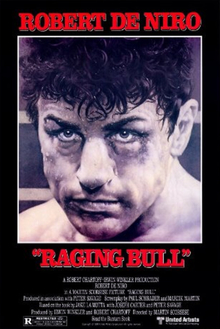
Ma Nuit Chez Maud (1969)
a film by Eric Rohmer
Watching Ma Nuit Chez Maud is like climbing a mounting and then without stopping skying your way down. This film is rich in dialogues and references and although it required a lot of concentration it is very gratifying to follow this characters and their story.
This is the story of Jean-Louis (played by the great Jean-Louis Trintignant), a single freethinker engineer that returns to France to work in a small town. The movie can be easily divided in two parts. First the story guides you through the context of his life and then through interesting and elaborate dialogues, full of references to philosophy (Pascal readers, this movie is a must) you reach the point of intimacy that is the turning point of the movie: he is invited to spend a night in the apartment of Maud, an attractive and seductive divorced pediatrician. In the second part, the movie changes and you feel the moral discussions collapsing into the images and events you see in the screen.
This movie is so rich in content that it is well work watching with attention, it features philosophical discussions mixed with the great sense of style and an amazing skill in showing the characters and their dialogues. You learn about Pascal and see really beautiful actresses, and in the end the story reaches deeper limits and it leaves your head full of questions. It is the questioning of decisions and the discussion of moral what lives in this movie and what I kept rolling in my mind after watching it.
It is Rohmer's great achievement to put the moral subject in a setting that reaches many levels from philosophy discussion to the plain street actions and through beautiful images and greatly developed characters dives into a trip that may touch your soul.















